Dear Colleagues:
There is a very important communication we should take a moment to read.
Whatever your viewpoints are on the issue, please spread the word, far and wide through all of hamdom.
This requires immediate attention and public comment to the FCC and ARRL.
Scot Stone, in the FCC, has been involved with this filing from the summer- it appeared just days ago at the FCC.
It’s from the maker of Pactor. SCS.
https://ecfsapi.fcc.gov/file/110731917879/16-239.pdf
It’s urgent that hams around the world read this and comment, calmly, succinctly and factually.
I claim that the thousands of hams who have credibly and earnestly commented on 16-239, RM-11708, RM-11759, and RM-11306 are NOT pactor haters, but are simply devout, dedicated hams who love the amateur radio hobby, who care about public safety, who care about the self-policing open nature of the hobby, and who want to honor the FCC rules that mandate that amateur radio communications be open and interceptable, that they not bypass commercial services, that they not create interference, that they not conduct business over ham radio, and that they be such that it is easy to identify the callsign of the transmitter.
Read the rest of this entry »
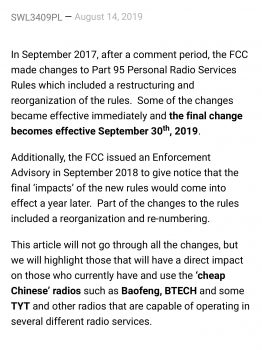

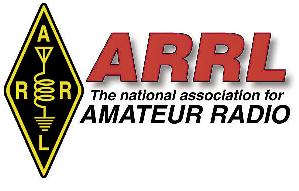 05/22/2015 from ARRL
05/22/2015 from ARRL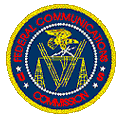 The FCC is requesting to raise the Amateur Service vanity call sign regulatory fee from its current $16.10 to $21.60 for the 10-year license term. The $5.50 increase would be the largest vanity fee hike in many years. The proposal is contained in a Notice of Proposed Rule Making (NPRM), “Assessment and Collection of Regulatory Fees for Fiscal Year 2014; Assessment and Collection of Regulatory Fees for Fiscal Year 2013; and Procedures for Assessment and Collection of Regulatory Fees,” which appeared in The Federal Register on July 3.
The FCC is requesting to raise the Amateur Service vanity call sign regulatory fee from its current $16.10 to $21.60 for the 10-year license term. The $5.50 increase would be the largest vanity fee hike in many years. The proposal is contained in a Notice of Proposed Rule Making (NPRM), “Assessment and Collection of Regulatory Fees for Fiscal Year 2014; Assessment and Collection of Regulatory Fees for Fiscal Year 2013; and Procedures for Assessment and Collection of Regulatory Fees,” which appeared in The Federal Register on July 3.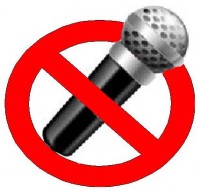 May 20, 2010 11:31:48 AM,
May 20, 2010 11:31:48 AM,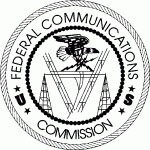 The FCC Proposes to Allocate 20 MHz of Spectrum in 413-456 MHz Band For Implanted Neuromuscular Devices.
The FCC Proposes to Allocate 20 MHz of Spectrum in 413-456 MHz Band For Implanted Neuromuscular Devices.